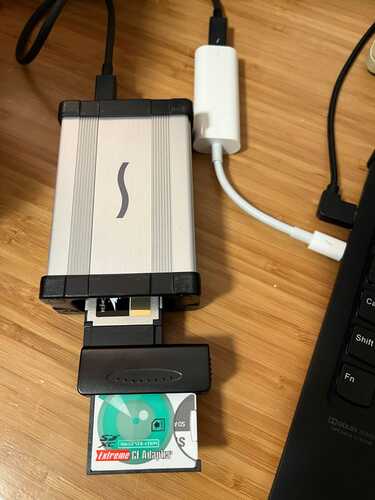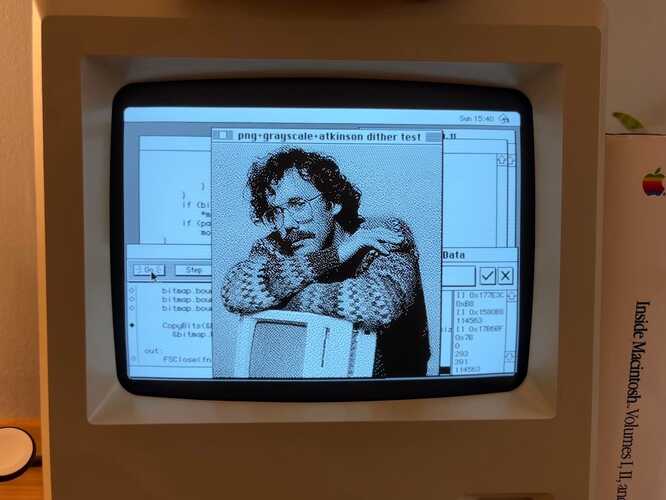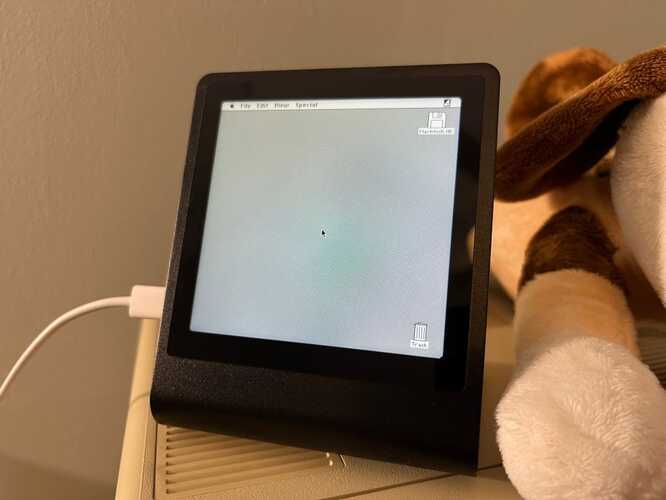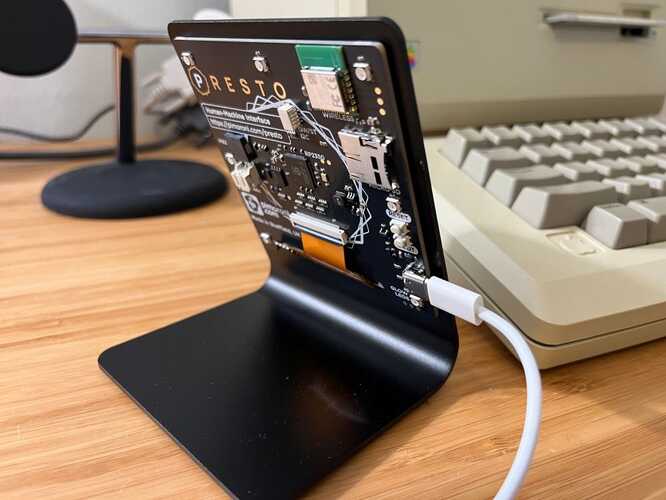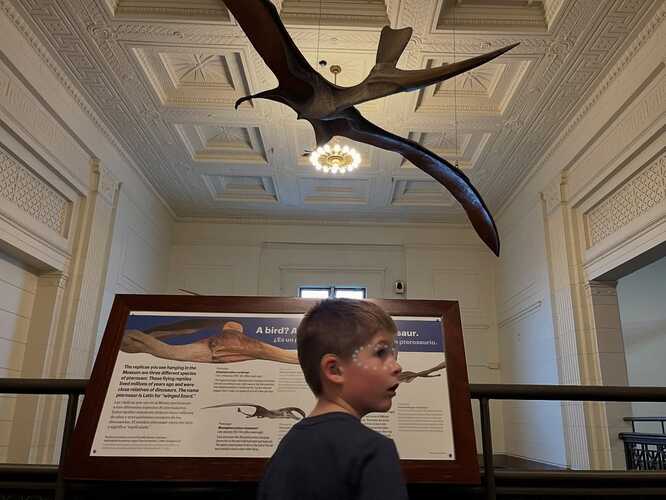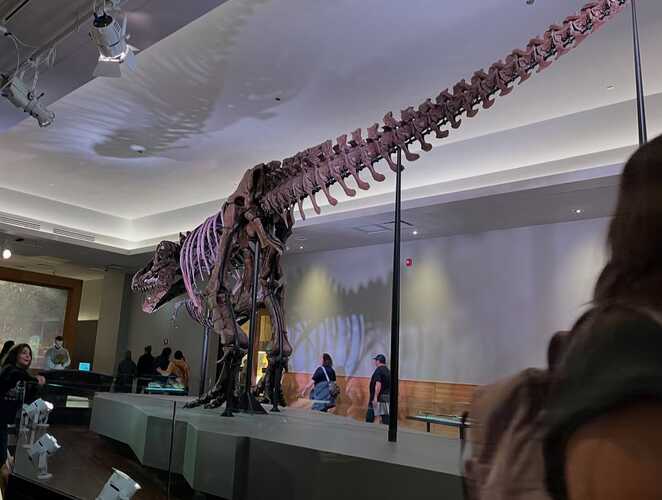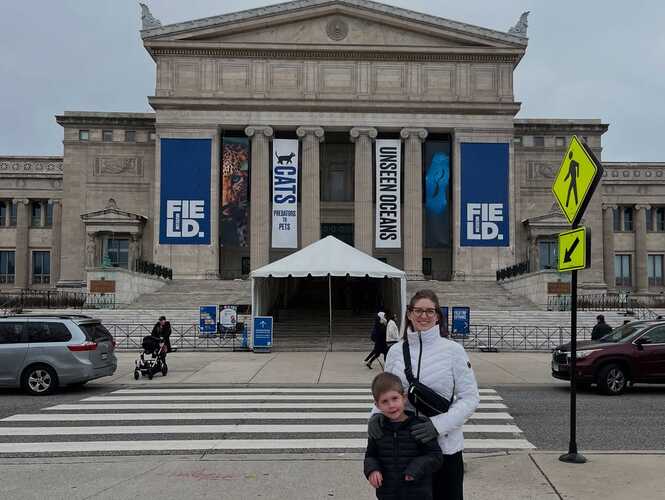Notes
These are all of my posts made on various platforms, automatically accumulated here for posterity.
Sorry Bambu users
Even if Bambu Lab cancels this whole plan, why would any of their users trust them again?
https://youtube.com/watch?v=aIyaDD8onIE
Even if Bambu Lab cancels this whole plan, why would any of their users trust them again?
https://youtube.com/watch?v=aIyaDD8onIE
30 count of a generic medication at Walgreens was $23.06, with my (crappy) insurance "saving" me $89.23
90 count of the same at @costplusdrugs.com with no insurance was $12.27
🇺🇸
90 count of the same at @costplusdrugs.com with no insurance was $12.27
🇺🇸
Does anyone out there know how to contact Apple's internal network ops team?
ok medium\.com has to be doing this on their stupid signup popup on purpose right?
Version 1.3 of my BlueSCSI Wi-Fi Desk Accessory is available today
This version brings internationalization support and some bug fixes
https://jcs.org/bluescsi
This version brings internationalization support and some bug fixes
https://jcs.org/bluescsi
I committed to not buying anything from Amazon this year, so I've been using local stores and eBay
The cheapest I could find a certain part on eBay was $25 but Amazon had it for $18
It cost more and I'd wait longer, but I bought it on eBay
...
The seller just drop-shipped it to me from Amazon
The cheapest I could find a certain part on eBay was $25 but Amazon had it for $18
It cost more and I'd wait longer, but I bought it on eBay
...
The seller just drop-shipped it to me from Amazon
microSD
to SD
to CompactFlash
to ExpressCard
to Thunderbolt 2
to Thunderbolt 3
to SD
to CompactFlash
to ExpressCard
to Thunderbolt 2
to Thunderbolt 3
advertise your account with one Simpsons image
To this day I can't hear a smoke detector go off without thinking of @bradfitz.com's Nest video
Touchscreen pokins
System 6 on the @pimoroni.com Presto? 🤔
RP2350, 8MB PSRAM, 480x480 touchscreen, microSD, Wi-Fi, and Bluetooth in a nice aluminum stand
RP2350, 8MB PSRAM, 480x480 touchscreen, microSD, Wi-Fi, and Bluetooth in a nice aluminum stand
the car's on fire
and there's [a] driver at the wheel
and there's [a] driver at the wheel
